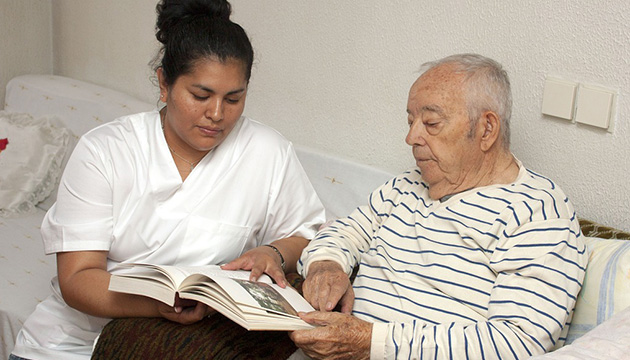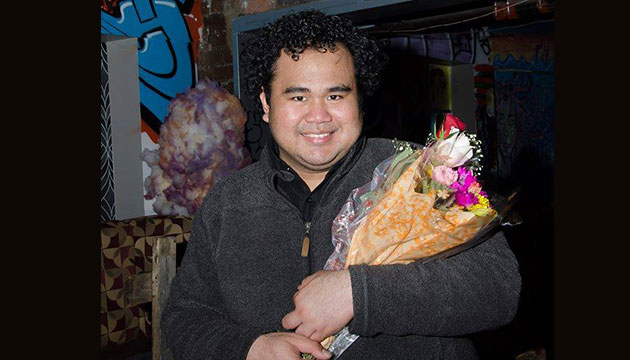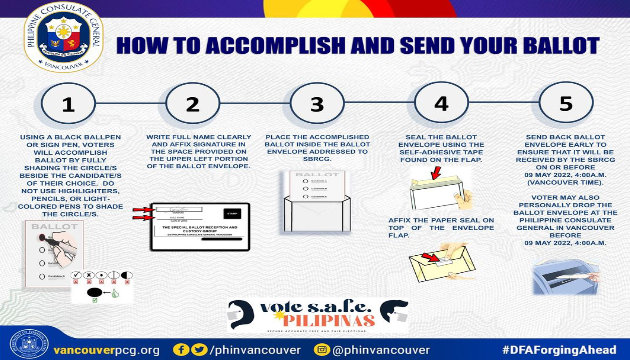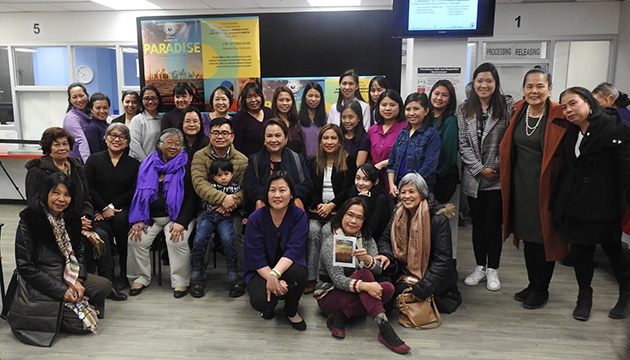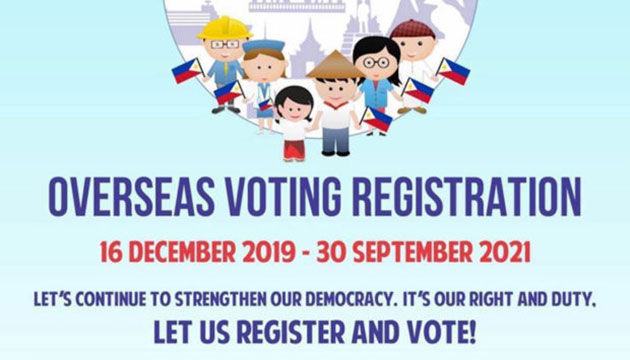November 1, 2025 — Canada and the Philippines may conclude talks on a free trade agreement (FTA) as early as 2026.
Canadian Prime Minister Mark Carney and Philippine President Ferdinand Marcos Jr. have agreed to immediately begin negotiations with the goal of sealing a trade deal next year.
Carney and Marcos landed on this plan during their meeting in Kuala Lumpur, Malaysia on October 26, 2025.
The two leaders met on the sidelines of the 47th summit of the Association of Southeast Asian Nations (ASEAN).
Carney and Marcos also spoke about a broader FTA between Canada and the regional grouping.
“The Prime Minister discussed Canada’s new mission to double its non-U.S. exports in the next decade,” stated a readout from the meeting, which was released by Carney’s office.
“To that end, the leaders agreed to accelerate negotiations on a Canada-ASEAN free trade agreement, with the intention to conclude negotiations in 2026 during the Philippines’ ASEAN chairmanship.
“The leaders also announced their intention to imminently launch negotiations on a bilateral Canada-Philippines free trade agreement, with the goal of conclusion in 2026,” the readout revealed.
It may be recalled that Canada and the Philippines announced exploratory discussions for a potential FTA through a joint ministerial statement on December 5, 2024.
Further, the Canadian federal government conducted consultations with businesses, industry associations, provinces and territories, and the public from December 7 last year to March 7, 2025 about a possible FTA with the Philippines.
Canada has 15 FTAs with 51 countries across the world. One example is the Canada-United States-Mexico Agreement (CUSMA). Another is the Canada-European Union Comprehensive Economic and Trade Agreement (CETA).
Online, the government cites numerous benefits to these trade agreements.
These include reduced or zero customs tariffs, access to new customers, competitive advantage to partners, reduced risks due to standardized rules and regulations, and fewer barriers to trade.
Based on Canadian government figures, bilateral merchandise trade between Canada and the Philippines totalled $3.2 billion in 2024.
The readout from the October 26 meeting of Marcos and Carney also stated: “Canada and the Philippines have a strong and close relationship, supported by a Canadian-Filipino community of nearly one million people.
“The leaders discussed driving further growth in the strong economic relationship between Canada and the Philippines, which supports over $3 billion in trade, including in manufacturing products, defence, and both conventional and clean energy.”
In addition, the readout stated: “Prime Minister Carney and President Marcos Jr. welcomed the opportunity for a bilateral visit at the earliest opportunity and agreed to remain in close contact.”
In a phone conversation on July 3 this year, Carney extended an invitation for Marcos to visit Canada.
Marcos previously accepted an invitation by Carney’s predecessor Justin Trudeau to visit Canada, but this did not materialize.
Marcos was expected to visit in 2024 as a highlight of the 75th anniversary of the establishment of diplomatic ties between the two countries.
After their October 26, 2025 meeting, Marcos posted on Facebook that he and Carney affirmed the “strong ties” between their peoples.
“We agreed to strengthen cooperation in trade, investment, and energy, and to constructively engage each other as PH [Philippines] takes on the Chairmanship of ASEAN in 2026,” Marcos stated.
For his part, Carney posted X [formerly Twitter] that Canada and Philippines have a close relationship, a “bond that is strengthened by the one million-strong Filipino-Canadian community”.
Carney also stated he and Marcos are “focused on negotiating free trade agreements and strengthening defence cooperation between our nations”.
Regarding defence cooperation, the two countries on March 7, 2025 announced the conclusion of negotiations for a Status of Visiting Forces Agreement (SOVFA).
The SOVFA will enable the Armed Forces of the Philippines and the Canadian Armed Forces to operate and train together in each other’s territories.






